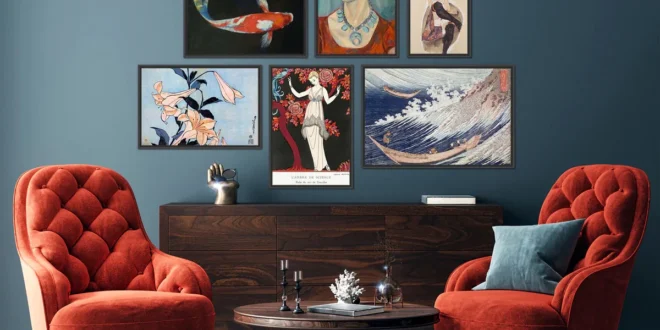Selecting the right frames and posters for your home isn’t just about filling empty walls; it’s a form of self-expression and a reflection of your personal style. Just as a frame complements and enhances the artwork it encloses, the right poster can transform a room, injecting personality and vibrancy.
But how do you achieve that perfect match that speaks volumes about your aesthetic sensibility?
It’s not as simple as picking a frame that fits. Consideration of the artwork’s dimensions, such as needing a slightly larger frame to preserve the integrity of a 10″ x 12″ poster, is crucial. Similarly, the choice between a matted frame or a simple, matless one can significantly impact the visual appeal of your posters.
According to Veranda magazine, while photographs and prints often benefit from the elegance of matted frames, many artworks can stand out in simpler settings, allowing the posters themselves to capture the viewer’s attention.
Understanding Your Space and Style
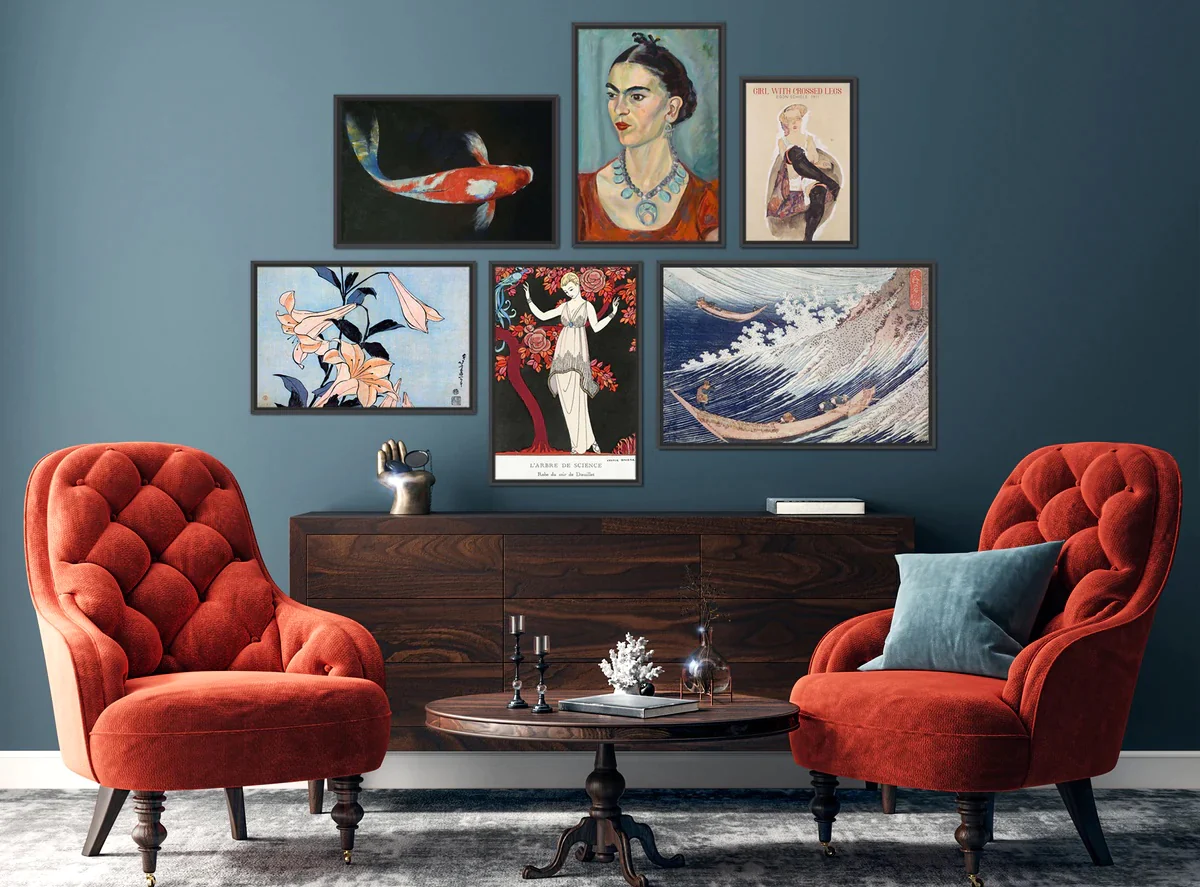
The journey to finding the perfect posters and frames begins with a deep understanding of your personal style and the unique aspects of the space they will inhabit. Assessing the room’s color scheme, lighting, and overall atmosphere is essential.
This ensures that your chosen pieces enhance, rather than clash with, the existing decor.
Creating a cohesive look that mirrors your personality and aesthetic preferences requires a thoughtful approach. It’s about more than just decoration; it’s about creating an environment that feels like a true extension of yourself.
How can you ensure that your chosen artwork will not only fit in but also elevate your space?
Embracing Your Personal Artistic Preferences
To truly capture the essence of your style in the posters and frames you choose, begin by reflecting on the themes and elements that resonate most with you. Are you drawn to bold colors, or do you prefer a more muted palette?
Do certain historical periods or artistic movements inspire you? For instance, a fan of Art Deco might look for geometric patterns and metallic frames, while a lover of rustic charm might opt for distressed wood frames and landscapes.
Compiling a mood board featuring colors, textures, and types of artwork you admire can serve as a visual guide. Additionally, visiting art galleries, browsing through interior design magazines, or using digital tools like Pinterest can provide further inspiration and a clearer direction for your personal style in home décor.
Selecting the Perfect Poster
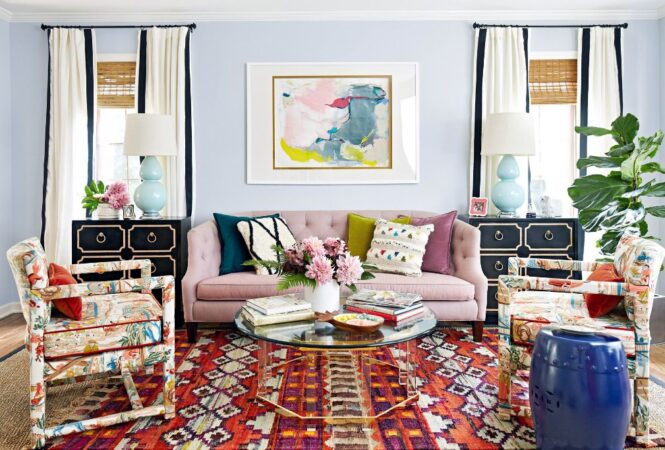
Choosing a poster that resonates with your personal taste while complementing your interior design theme is a delicate balance. Whether it’s a vibrant abstract piece, a serene landscape, or a poster of a beloved movie, the key is finding something that speaks to you on a personal level.
High-quality posters can serve as a statement piece, adding a unique touch to your home.
The Right Frame for Your Artwork
The frame you choose for your poster can significantly affect its overall impact. From sleek, modern metal frames to rustic wooden ones, the materials and style you select should complement both the artwork and your room’s decor. A frame that’s too large or ornate might overwhelm the poster, while one that’s too simple could fail to do it justice.
Special consideration should be given to the advice regarding frame selection. For example, a 1″ square-edged white wooden frame might be the perfect choice for larger works, offering a clean, unobtrusive look that lets the artwork shine.
But how do you decide when to use a matted frame versus a simple one?
Protecting and Preserving
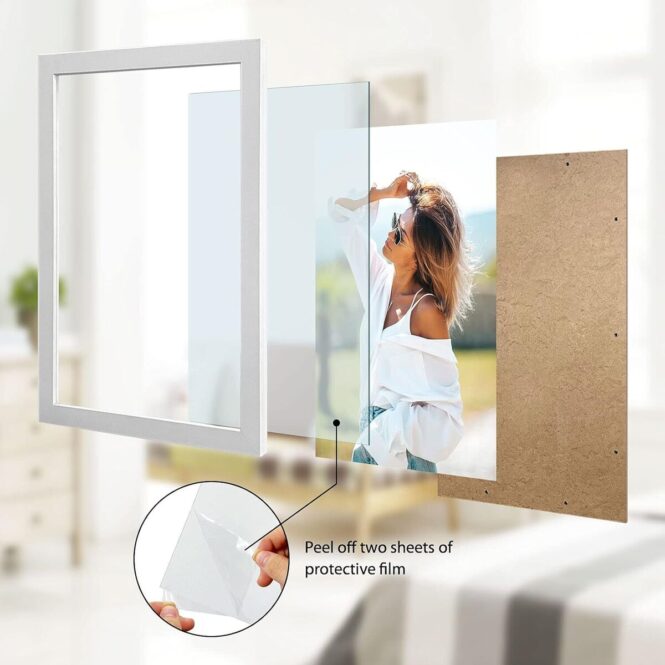
Once you’ve selected and framed your artwork, ensuring its longevity is paramount. Consider the environmental factors that could affect your pieces. For instance, avoid placing artwork in areas with high humidity or extreme temperature changes, such as kitchens or bathrooms, where they can be damaged over time.
Using UV-protected glass or acrylic in frames can help prevent fading from sunlight exposure.
Moreover, when cleaning framed pieces, opt for a soft, dry cloth instead of chemical cleaners, which can harm both the frame and the glass. Regular dusting and occasional gentle cleaning will keep your artwork looking pristine.
Additionally, inspect your frames periodically for signs of wear or damage, ensuring they continue to provide the support and aesthetic value you desire.
The Impact of Lighting on Your Artwork
When considering lighting for your artwork, there are several factors to consider. Natural light can beautifully illuminate posters, but direct sunlight can cause fading and deterioration. Therefore, positioning your artwork where it can benefit from indirect natural light is often best.
For artificial lighting, LED lights are a popular choice as they provide a broad spectrum of colors and are energy-efficient. They can be adjusted to highlight the artwork without causing heat damage.
Track lighting and picture lights are also effective options, allowing you to focus light directly on the artwork, enhancing its features and making it stand out in your space.
Creating a Gallery Wall That Reflects Your Personality
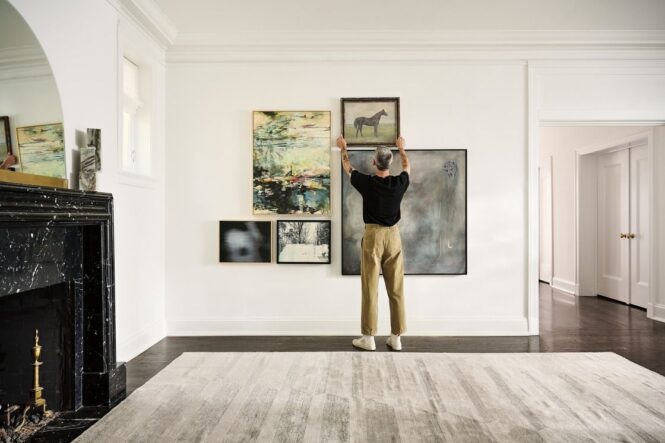
Assembling a gallery wall is a creative way to showcase multiple pieces of artwork that reflect various aspects of your personality and interests.
The key to a successful gallery wall is balance—not just in the colors and subjects of the artwork but also in their sizes and framing styles.
Start by selecting a focal piece, typically the largest or most vibrant poster, to anchor your arrangement. From there, add smaller pieces around it, ensuring there is a cohesive theme or color palette that ties them all together.
To avoid a cluttered look, maintain consistent spacing between frames and consider using frames of similar color and material. If you’re feeling adventurous, mix and match different styles for an eclectic, personalized display.
Additionally, it’s important to consider the wall itself: a neutral backdrop can make your artwork pop, while a bold colored wall can add depth and intrigue to your gallery.
Experiment with different layouts on the floor before committing to hanging, using painter’s tape to outline where each frame will go. This careful planning ensures that your gallery wall will be a harmonious and striking feature in your home.
 Imagup General Magazine 2024
Imagup General Magazine 2024
